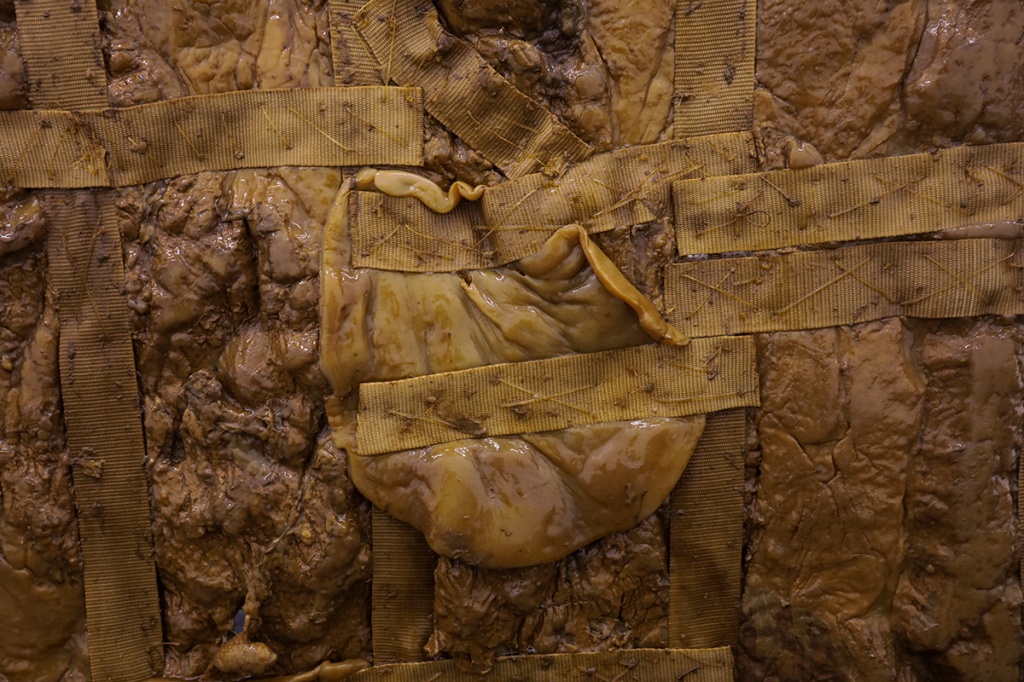The Sucesses and Failures of Comics in the Gallery

As a lifelong comics reader, kicking off with Asterix and X-Men and on to Forlon Funnies and Eightball,my understanding of art has always been through the lens of comics’ combination of image and text. Encountering art shows, it made sense to me reading the exhibition system as an expanded form of comics: art (in whatever form) as the image; titles, wall texts, press releases, criticism as the speech bubbles and captions; galleries, museums and magazines as the panels, pages and gutters that parse out the images.
But when it comes to comics actually occupying a gallery space, some kind of paroxysm or infantilism takes hold. Touted as ‘original art’, pages are taken out of their sequential context and framed, hung on walls that are regularly painted some zinging bright colour. At the heart of these shows are drawings and sketches that informed the final printed version. The main draw of ‘TINTIN: Hergé’s Masterpiece’ at Somerset House in 2016 was, the institution claimed, ‘pencil sketches, character drawings, and watercolours alongside original artwork from the finished stories’ – shown next to some dinky models of buildings that featured in the stories, and toys of the characters, to fill the room. While taking such pains to point out that what’s being exhibited is originary source material is often the realm of archival shows – looking behind the scenes of the making of, say, a major film or a very dead artist – with comics exhibitions the unalloyed fetishising of the artist’s hand is the norm, a return to some of art’s basic impulses.
Continue reading







